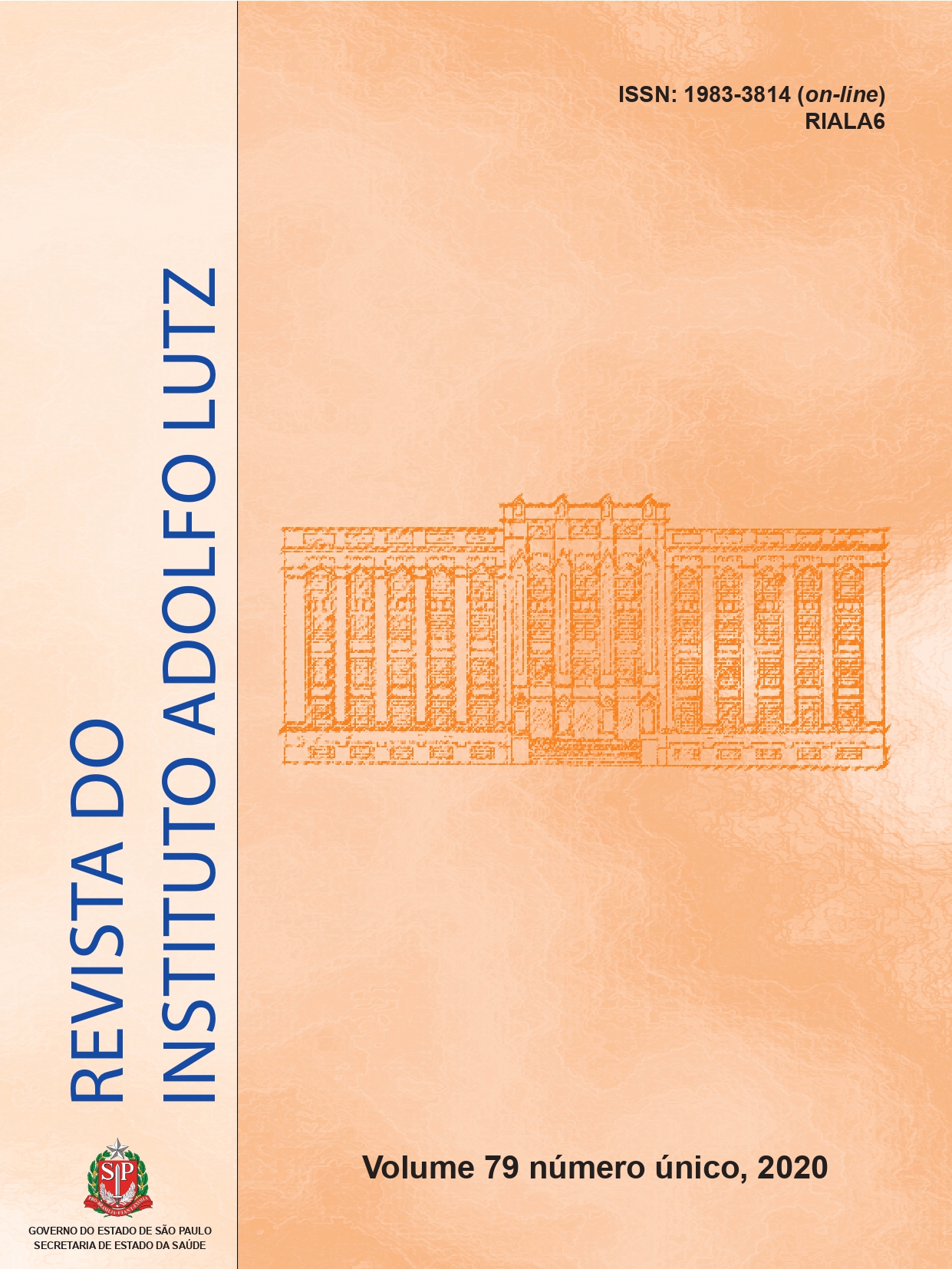Abstract
Coconut sugar has become popular in Brazil and worldwide due to the nutritional claims of being a
natural and healthier sweetener compared to other sugars. Its production takes places in an artisanal
way from the extraction of phloem sap from the inflorescence of the palm. The aim of this work was
to microscopically analyze the identity and the presence of foreign matter in samples of coconut
sugar, as well as to verify its compliance with Brazilian health legislation. Thirteen commercial
samples of coconut sugar from the city of São Paulo were analyzed for the research and identification
of histological elements and foreign matter. The identification of vegetable histological elements
revealed the presence of starches morphologically similar to the Triticum sp. (wheat), Manihot sp.
(cassava) and Oryza sativa (rice) pattern, besides altered starches. Vegetable histological elements
compatible with the Saccharum officinarum (sugar cane) and Cocos nucifera (coconut) pattern were
also found. All samples analyzed contained foreign matter with predominance of insect fragments in
100% of the samples. The results of the study indicate flaws in the Good Practices for the production
of coconut sugar and the need to adapt this product to current standards.
References
Sap Sugar: A Review. Sugar Tech. 2019;21(6):862-7.
https://doi.org/10.1007/s12355-019-00743-8
2. Wrage J, Burmester S, Kuballa J, Rohn S. Coconut
sugar (Cocos nucifera L.): Production process;
chemical characterization, and sensory properties.
LWT Food Sci Tecnol. 2019;112:108227. https://doi.
org/10.1016/j.lwt.2019.05.125
3. Hebbar KB, Arivalagan M, Manikantan MR,
Mathew AC, Thamban C, Thomas GV et al. Coconut
inflorescence sap and its value addition as sugar–
collection techniques, yield, properties and market
perspective. Curr Sci. 2015;109(8):1411-7. https://doi.
org/10.18520/v109/i8/1411-1417
4. Sumarni W, Sudarmin, Wiyanto, Supartono. The
reconstruction of society indigenous science into
scientific knowledge in the production process of
palm sugar. J Turkish Sci Educ. 2016;13(4):281-92.
Disponível em: https://www.tused.org/index.php/
tused/article/view/168
5. Ananda Ventures - Social Venture Fund. Sweetening
the pot developing the market for palm & coconut
sugar in southeast Asia. Grow Asia [Internet].Junho de 2017; 98p.
Disponível em http://exchange.
growasia.org/system/files/Sweetening%20the%20
Pot-PalmCocoSugarSoutheastAsia_Final.pdf
6. Philippine Coconut Authority (Quezon City -
Philippines). Coconut Sap Sugar. Technology Series
No. 1. Philippines: Philippine Coconut Authority; 2012.
Disponível em: http://www.pca.da.gov.ph/coconutrde/
images/sugarpdfs/CocoSugarFlyer.pdf
7. Bureau of Agriculture and Fisheries Standards -
Philippine National Standard (Quezon City: Philippines).
Code of Hygienic Practice for Coconut Sap Sugar.
Philippines: Bureau of Agriculture and Fisheries
Standards; 2015. Disponível em: https://members.wto.
org/crnattachments/2015/SPS/PHL/15_2906_00_e.pdf
8. Ministério da Saúde (BR). Agência Nacional de
Vigilância Sanitária. Resolução RDC nº 259, de 20 de
setembro de 2002. Aprovar o Regulamento Técnico
sobre Rotulagem de Alimentos Embalados. Diário
Oficial da União. Brasília, DF, 23 set 2002. Seção
1(184):33-4. Disponível em: https://bvsms.saude.gov.br/
bvs/saudelegis/anvisa/2002/rdc0259_20_09_2002.html
9. Ministério da Saúde (BR). Agência Nacional de
Vigilância Sanitária. Resolução RDC nº 14, de 28
de março de 2014. Dispõe sobre matérias estranhas
macroscópicas e microscópicas em alimentos e bebidas,
seus limites de tolerância e dá outras providências.
Diário Oficial da União. Brasília, DF, 31 mar 2014. Seção
1(61):58-61. Disponível em: https://bvsms.saude.gov.br/
bvs/saudelegis/anvisa/2014/rdc0014_28_03_2014.pdf
10. Rodrigues MMS, Atuí MB, Correia M. Métodos de
análise microscópica de alimentos: isolamento de
elementos histológicos. São Paulo: Letras & Letras; 1999.
11. CBI (Netherlands). Palm Sugar in Germany.
Ministry of Foreign Affairs. Netherlands: CBI; 2016.
Disponível em: https://www.importpromotiondesk.
de/fileadmin/user_upload/Publikationen/factsheet/
zutaten/palm-sugar-in-germany.pdf
12. Somawiharja Y, Wonohadidjojo DM, Kartikawati M,
Suniati FRT, Purnomo H. Indigenous technology of
tapping, collecting and processing of coconut (Cocos
nucifera) sap and its quality in Blitar Regency, East
Java, Indonesia. Food Res. 2018; 2(4):398-403. https://
doi.org/10.26656/fr.2017.2(4).075
13. Xia Q, Li R, Zhao S, Chen W, Chen H, Xin B et al.
Chemical composition changes of post-harvest coconut
inflorescence sap during natural fermentation. Afr
J Biotechnol. 2011;10(66):14999-15005. https://doi.
org/10.5897/AJB10.2602
14. Teerink BJ. Hair of West-European Mammals.
Cambridge (UK): Cambridge University Press;1991.
15. Kurniawati E, Karimah RN, Suryana AL, Destarianto
P. Implementation of good manufacturing practice
(GMP) on coconut palm sugar processing at craftsmen
business group in Wonosobo-Banyuwangi Village as
Helicos Center. The Second International Conference
on Food and Agriculture, 2019. Bali (ID): Proceedings
of The Second International on Food and Agriculture;
2019.p.127-34.

This work is licensed under a Creative Commons Attribution 4.0 International License.
Copyright (c) 2020 Instituto Adolfo Lutz Journal
